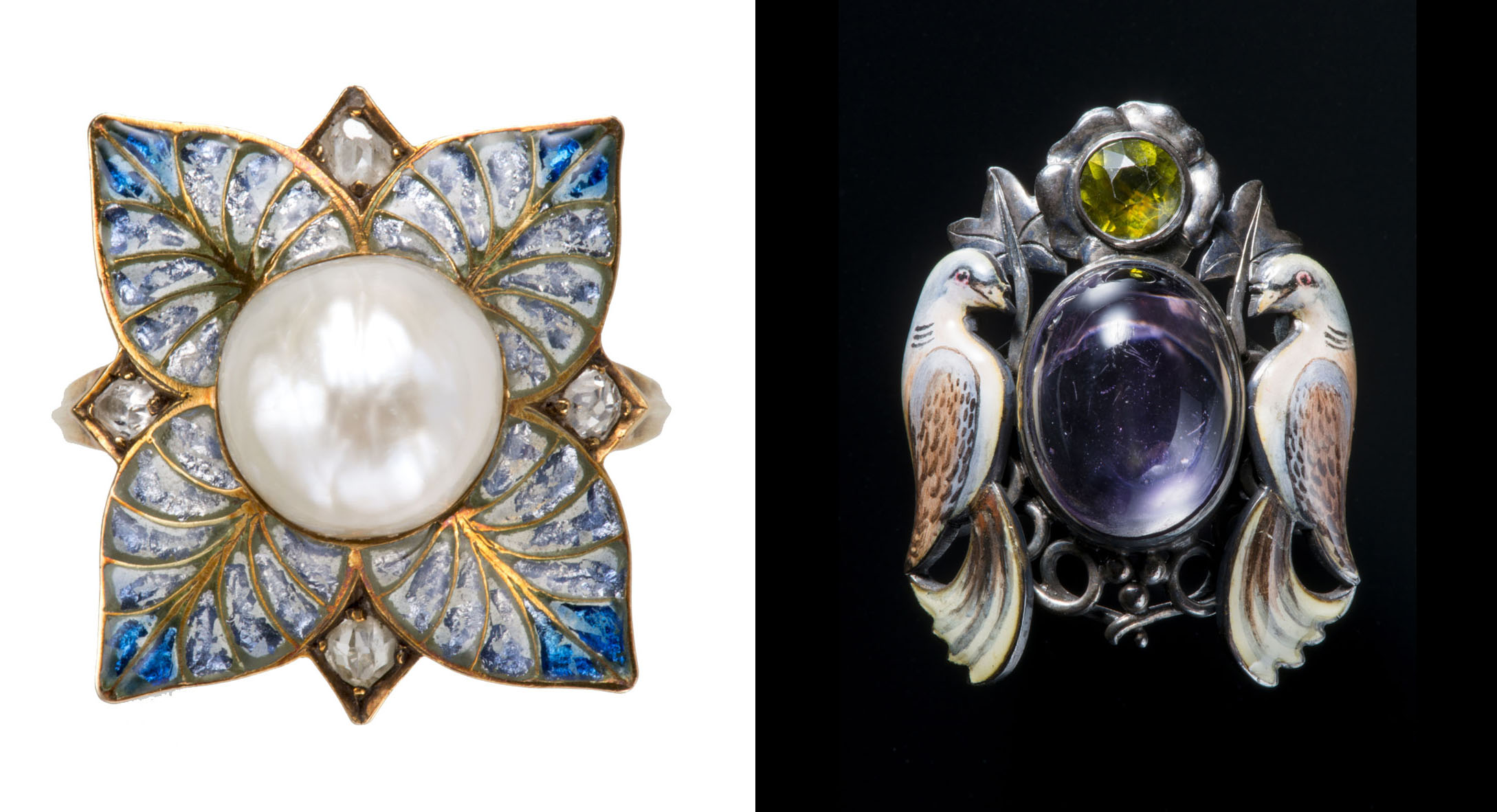The Hashimoto Collection of rings is the largest number of works to be donated to the National Museum of Western Art since it was originally established to house the Matsutaka Collection of artworks in 1959. Received in 2012, this vast collection of hundreds of rings from all ages and nations is also being shown to the public for the first time.
For a museum renowned for its paintings and sculptures, the addition of the Hashimoto Collection's craft pieces is significant. Originally collated by Kanshi Hashimoto (b. 1924), the 720 rings and 80 miscellaneous parts and other accessories help reveal the role of jewelry through history — from ancient Egypt to late 20th-century Europe.
Production techniques, trends in materials, design and purpose can be observed through roughly 300 works selected for this exhibition, some of the earliest of which include Egyptian scarab rings from 1991-1650 B.C. More than mere decoration, these beetle-motif accessories served as amulets representing the sun god Re, while other rings were once worn to signify engagement, marriage, status and mourning.



